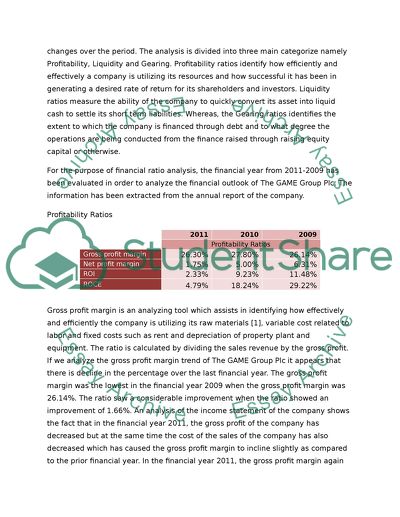Cite this document
(“MSc Managerial Finance RESIT ASSIGNMENT JUNE 2013”, n.d.)
MSc Managerial Finance RESIT ASSIGNMENT JUNE 2013. Retrieved from https://studentshare.org/finance-accounting/1481261-msc-managerial-finance-resit-assignment-june
MSc Managerial Finance RESIT ASSIGNMENT JUNE 2013. Retrieved from https://studentshare.org/finance-accounting/1481261-msc-managerial-finance-resit-assignment-june
(MSc Managerial Finance RESIT ASSIGNMENT JUNE 2013)
MSc Managerial Finance RESIT ASSIGNMENT JUNE 2013. https://studentshare.org/finance-accounting/1481261-msc-managerial-finance-resit-assignment-june.
MSc Managerial Finance RESIT ASSIGNMENT JUNE 2013. https://studentshare.org/finance-accounting/1481261-msc-managerial-finance-resit-assignment-june.
“MSc Managerial Finance RESIT ASSIGNMENT JUNE 2013”, n.d. https://studentshare.org/finance-accounting/1481261-msc-managerial-finance-resit-assignment-june.


